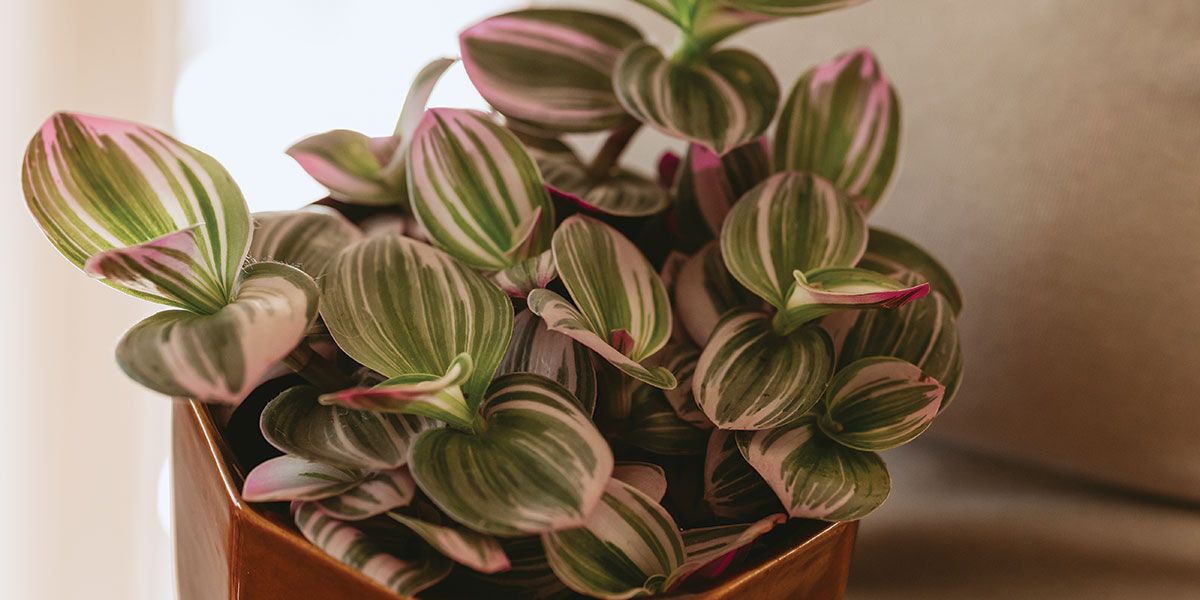SAVE THE PLANTS!

How to successfully bring your favorites inside for the colder months
One of the most enjoyable parts of summer is observing the plant growth around us, particularly up close on our own decks, patios, balconies and in our yards. Whether houseplants that have been transitioned to the outdoors or perennials and colorful annuals purchased from area nurseries, plants connect us to nature, improving our sense of well-being. And the fact that most houseplants and garden favorites originated in the world’s tropical regions makes it possible to successfully transition them from outside to inside with a little TLC. To make a successful transition, consider the following tips.
Temperature and pot size
Keep an eye on nighttime temperatures. Once they are predicted to fall below 50°F, it’s time to transition your plants from outside to inside. Unfortunately, this process is not as simple as carrying your potted plants into your home. An abrupt change in temperature and humidity levels will send your plants into the botanical equivalent of a temper tantrum, resulting in withering and dropping of leaves.
Also, consider whether pruning or repotting is in order before bringing plants inside. Plants in crowded pots can safely be pruned by up to one-third of their size with an equal amount taken off the roots. If you will be repotting the plant, make the new pot deeper and wider than its current container. Of course, all pruning and repotting are better done outside before moving plants inside.
Rid your plants of pests
While the great outdoors provides plants with plenty of sunshine and humidity, it also exposes them to myriad pests. It is important to thoroughly check any plants you plan to bring inside for signs of aphids, scale or spider mites, to name just a few of the most common pests, and make sure they are eradicated. See below, “Debugging houseplants,” for recommended treatments.
Acclimate, acclimate
Plant shock is real! To avoid it, start by moving any plants you hope to overwinter from their sunny spots outdoors into the shade for a week and then take them inside for the night before putting them back in their shady spot during the day for another week. Once this process is complete, check again for pests and re-treat, if necessary, before putting the plants where they will receive bright, indirect light inside.
Limit the water and fertilizer
Think of the fall and winter as your plants’ rest period after a busy spring and summer of growing and, in some cases, flowering. While houseplants and any other tender plants you bring inside won’t go completely dormant, they will naturally slow their growth. This means they won’t need as much water or fertilizer as they did when they were outside. It is safe to withhold nutrients until springtime and water just enough, so they don’t dry out completely.
Provide light & humidity
Because days get shorter in the winter, consider adding grow lights for indoor plants if you lack enough sunny locations. To counteract the lower humidity levels inside, the purchase of a humidifier or good plant mister is advised.
Lengthen your list of plants to overwinter
Many plants in your garden or outdoor containers can be kept alive in your home over the colder months, and then gradually transitioned back outside in spring. Before bringing them inside, remember to cut them back to control size and encourage new growth that will be better adapted to their new environment. These popular plants can be successfully overwintered indoors according to Better Homes and Gardens.
- Angel’s trumpet (Brugmansia selections)
- Begonia (Begonia selections)
- Citrus (including lemons, calamondins and kumquats)
- Coleus (Solenostemon selections)
- Geranium (Pelargonium selections)
- Hibiscus (Hibiscus rosa-sinensis varieties)
- Impatiens (Impatiens selections)
- Mandevilla (Mandevilla selections)
- Passionflower (Passiflora selections)
- Pentas (Pentas lanceolata)
- Rosemary (Rosmarinus officinalis)
With a modicum of know-how, plants can provide year-round therapy for our nature-loving souls.
Debugging houseplants
Once you’ve successfully transitioned plants inside, you will need to increase your vigilance for unwanted pests and intervene promptly. The famed Salisbury Greenhouse in Alberta, Canada, suggests the following:
- Spray insecticidal soap instead of harsh chemicals. Mix one tablespoon of liquid castile soap with a quart of water and spray all parts of plants. Treat several times for problem infestations.
- Try pyrethrum spray, a natural compound made from chrysanthemums, as a spot treatment.
- Use a soft rag to wipe a diluted solution of alcohol and water on plants with wider, thicker leaves.
- Suck up flying insects with your vacuum cleaner.
- Peel a couple of garlic cloves and press them into the soil around infested plants. ✦
acclimate, aphids, Fertilizer, Houseplants, humidity, nighttime temperatures, overwinter, pests, pider mites, pruning, repotting, scale









